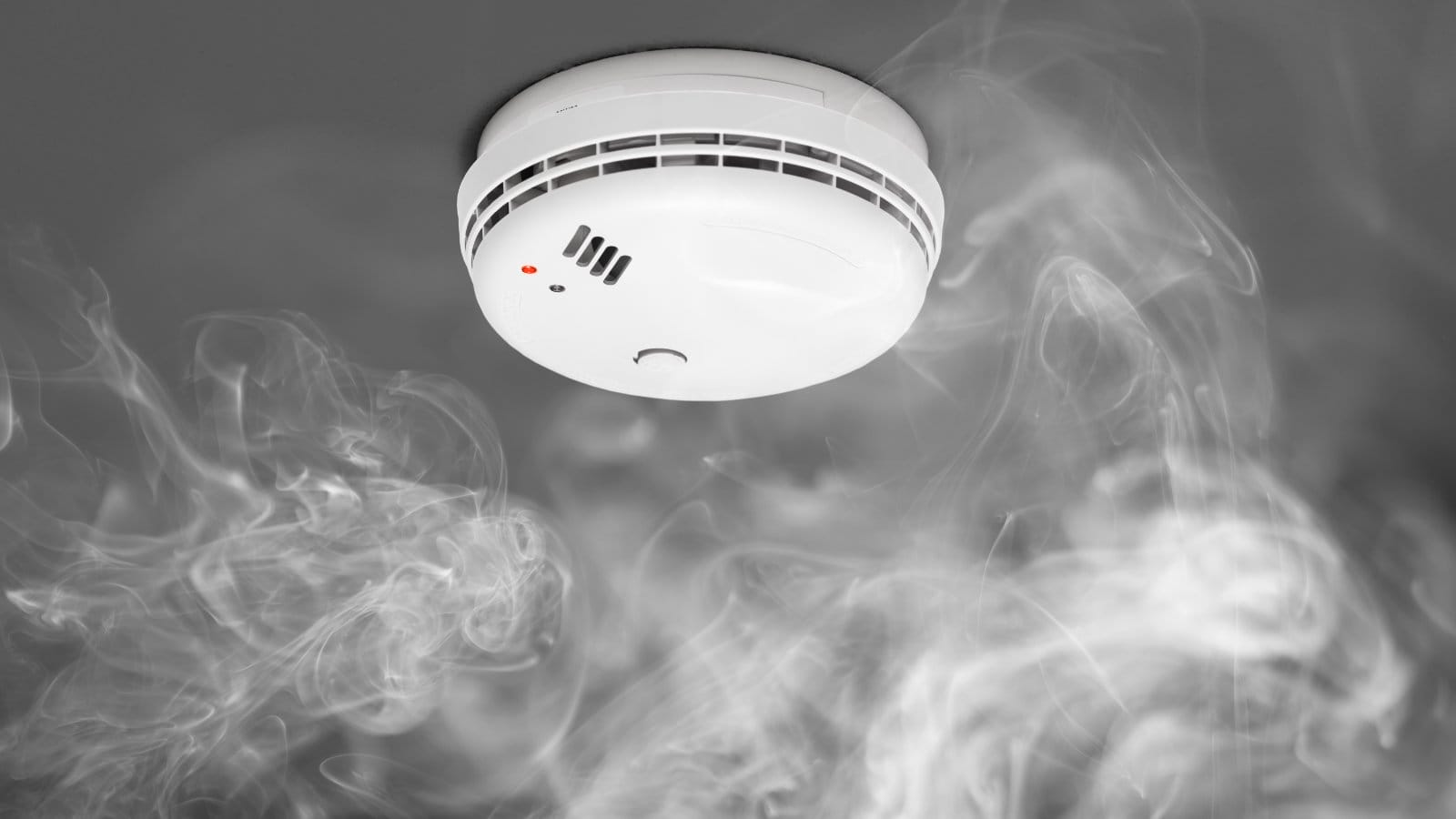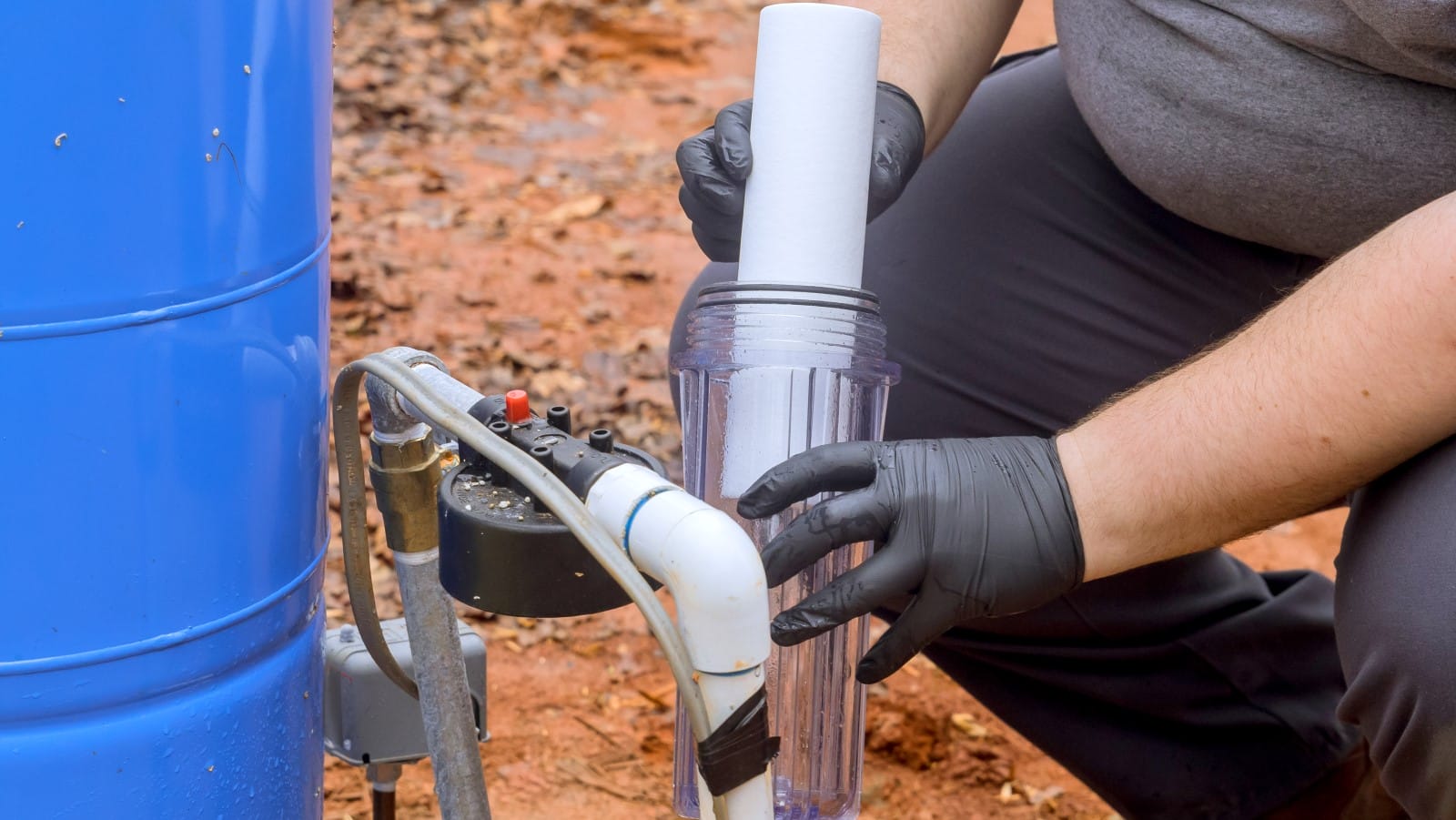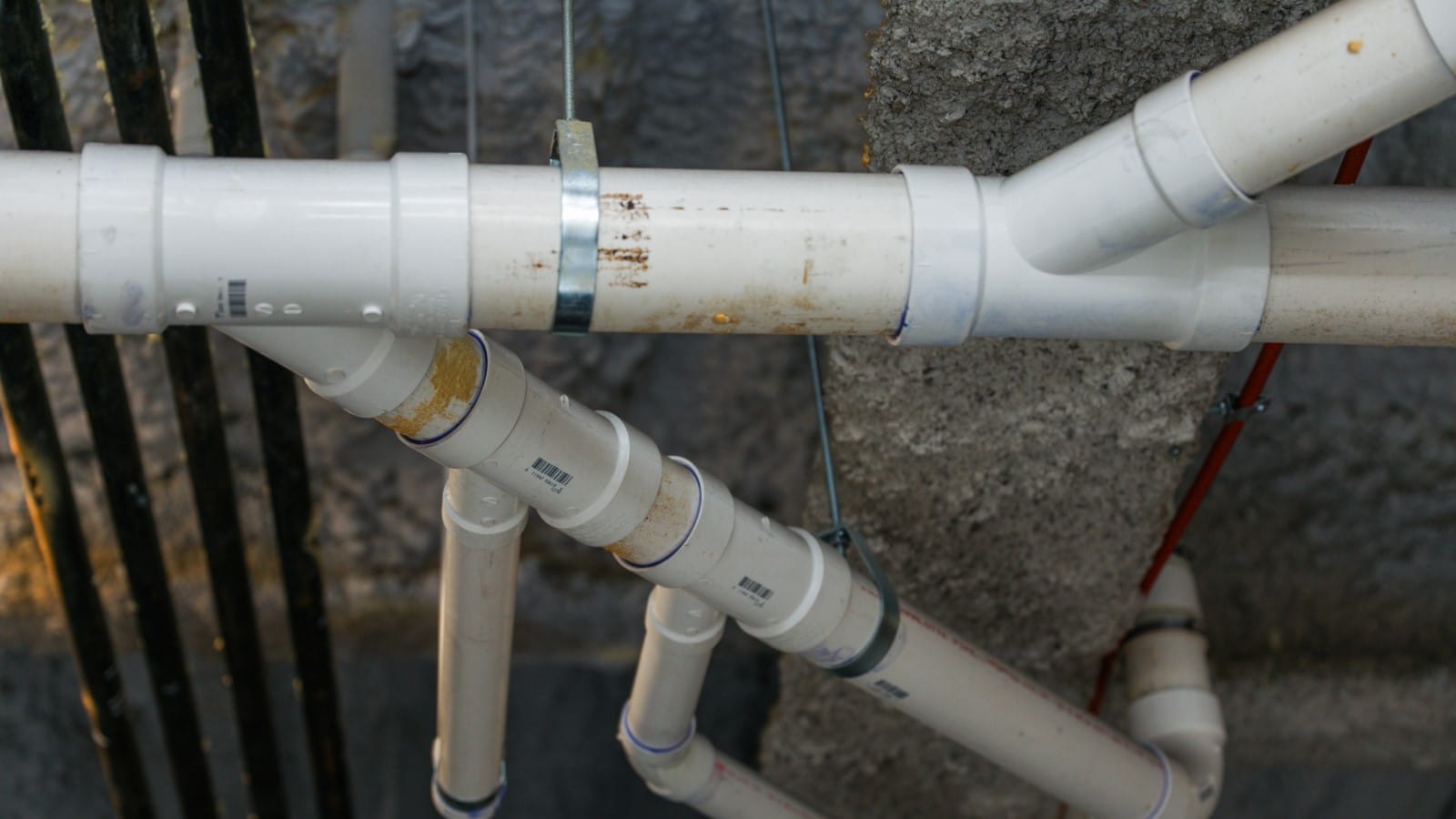In-home safety, the terms ‘smoke detector’ and ‘carbon monoxide detector’ are often used interchangeably. But do they really serve the same purpose? This article explores the capabilities of these life-saving devices, particularly focusing on their ability to detect carbon monoxide.
What’s the Difference? Smoke Detector vs. Carbon Monoxide Detector
When it comes to protecting your home from fire and gas dangers, understanding the distinction between a smoke detector and a carbon monoxide detector is crucial.
- Smoke Detector: Primarily used for fire safety, it sounds an alarm when smoke particles are detected, indicating a possible fire.
- Carbon Monoxide Detector: Designed to alert you to the presence of carbon monoxide, an odorless and colorless gas produced by burning fuel.
While both types of detectors are vital for home safety, their functions are distinct. A smoke alarm detects smoke, often resulting from combustion, and is crucial in preventing fire-related accidents. On the other hand, a CO detector (or monoxide alarm) senses the presence of carbon monoxide, an odorless gas emitted by fuel-burning appliances like heaters and stoves.
Do Smoke Detectors Detect Carbon Monoxide?
The question of whether smoke detectors can detect carbon monoxide is crucial for home safety. Here’s a simplified breakdown:
- Standard Smoke Detectors: Typically, these are designed to detect only smoke, as they sense particles associated with fires.
- Combination Detectors: However, combination smoke and carbon monoxide detectors are available. These dual-function devices are equipped to detect both smoke (visible threat) and carbon monoxide (invisible danger).
- These combination detectors are gaining popularity due to their comprehensive safety coverage.
Carbon monoxide, an odorless and colorless gas often emitted by fuel-burning appliances, poses a significant risk, especially at night when it can go unnoticed. The incorporation of carbon monoxide alarms in these detectors provides an essential safety feature, alerting residents to any CO presence in the air. For households, the integration of both smoke detection and carbon monoxide detection into one device offers a streamlined and effective approach to home safety.
In essence, while standard smoke detectors do not detect carbon monoxide, the innovative smoke and CO combination detectors available in the market provide a robust solution for protecting homes from both fire hazards and carbon monoxide poisoning.
The Importance of Carbon Monoxide Detection
Carbon monoxide is dangerous because it’s an odorless, colorless, and tasteless gas, making it undetectable without a proper alarm. It’s produced by appliances like furnaces, heaters, and generators. High levels of carbon monoxide can be fatal, hence the critical need for a detector.
Selecting the Right Detector for Your Home
When choosing a detector for your home, it’s important to consider several factors to ensure maximum safety and effectiveness:
- Combination Detectors: For those seeking an all-in-one solution, combination smoke and carbon monoxide detectors are ideal. These detectors work by using sensors to identify both smoke and carbon monoxide, emitting a warning sound for either. This integration offers a comprehensive safety network, guarding against both visible smoke and invisible CO.
- Installation Locations: Proper installation is key to the effectiveness of these alarms. Install smoke detectors on the ceiling, as smoke naturally rises. Carbon monoxide detectors, on the other hand, should be strategically placed near sleeping areas. Their placement is critical to ensure they wake you during an emergency, especially since carbon monoxide is an odorless gas that can be lethal if undetected.
- Types of Detectors: There’s a range of detectors to suit different needs and home layouts. Battery-powered detectors offer ease of installation and work even during power outages. Hardwired alarms are connected to your home’s electrical system, often with battery backups. Interconnected alarms, a system where detectors communicate with each other, ensure that if one alarm sounds, all alarms will, providing an extra layer of safety.
Integrating and regularly checking these detectors in your home is crucial. Ensuring they are correctly marked, installed, and maintained is essential for protecting against the dangers of carbon monoxide poisoning and fire hazards. With the right smoke alarms and CO alarms installed, you can be alerted to the presence of both smoke and carbon monoxide, even though you can’t see or smell the latter. This vigilant approach ensures the safety and well-being of your household.
Maintaining Your Detectors for Optimal Safety
Regular maintenance is key to ensuring your safety. Follow these steps:
- Test Regularly: Test detectors monthly to ensure they are working properly.
- Replace Batteries: For battery-operated detectors, replace batteries at least once a year.
- Heed Expiration Dates: Detectors have a limited lifespan. Replace them according to the manufacturer’s recommendations, usually every 5-10 years.
Carbon Monoxide Safety in Rockwall, TX
In Rockwall, TX, understanding and implementing carbon monoxide (CO) safety measures is not just recommended, but essential for every household. The importance of installing CO detectors is reinforced by local guidelines, advocating for their placement in strategic areas of the home, especially near sleeping quarters, to ensure prompt alerts in case of CO presence.
Important Considerations for Rockwall Residents:
- Strategic Installation: For maximum effectiveness, it’s crucial to install carbon monoxide (CO) detectors following EPA guidelines. Position them near sleeping areas for quick detection during the night and ensure at least one detector on each level of your home, including basements. Avoid placing them near windows or doors where fresh air can affect their sensitivity, and keep them away from heat sources like furnaces and fireplaces to prevent false alarms.
- Regular Testing and Maintenance: Ensure detectors are functioning correctly through regular checks.
- Awareness and Education: Stay informed about CO safety to recognize symptoms and respond effectively in an emergency.
By embracing these safety practices, residents of Rockwall can significantly reduce the risks associated with carbon monoxide, an invisible but potentially lethal hazard in homes.
Safeguarding Your Rockwall, TX Home Against Invisible Threats
For homeowners in Rockwall, TX, ensuring the safety of your family and home from both smoke and carbon monoxide is more than just a precaution – it’s a necessity. As we’ve explored the distinct functions of smoke detectors and carbon monoxide alarms, it becomes clear that understanding and choosing the right devices is key to comprehensive home safety.
Essential Points to Remember:
- Differentiate the Detectors: Recognize that standard smoke detectors detect smoke, while carbon monoxide detectors alert you to CO presence.
- Combination Units for Comprehensive Protection: Consider installing combination detectors for simultaneous detection of smoke and carbon monoxide.
- Optimal Installation: Install smoke alarms on ceilings and carbon monoxide detectors near sleeping areas for maximum effectiveness.
- Regular Maintenance: Keep your detectors in top working order with regular testing and timely battery replacements.
In Rockwall, TX, staying ahead of potential dangers means being informed and prepared. By choosing the appropriate smoke and CO detectors, correctly installing them, and maintaining them regularly, you ensure a shield against both visible and invisible threats in your home. This proactive approach not only meets local safety standards but also provides peace of mind, knowing that your home is well-equipped to alert you to any dangers of smoke or carbon monoxide. Remember, in the world of home safety, being prepared is always better than being caught off guard. Stay safe, stay informed, and make your Rockwall home a safe haven against these everyday hazards.





